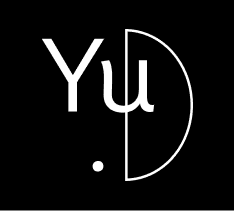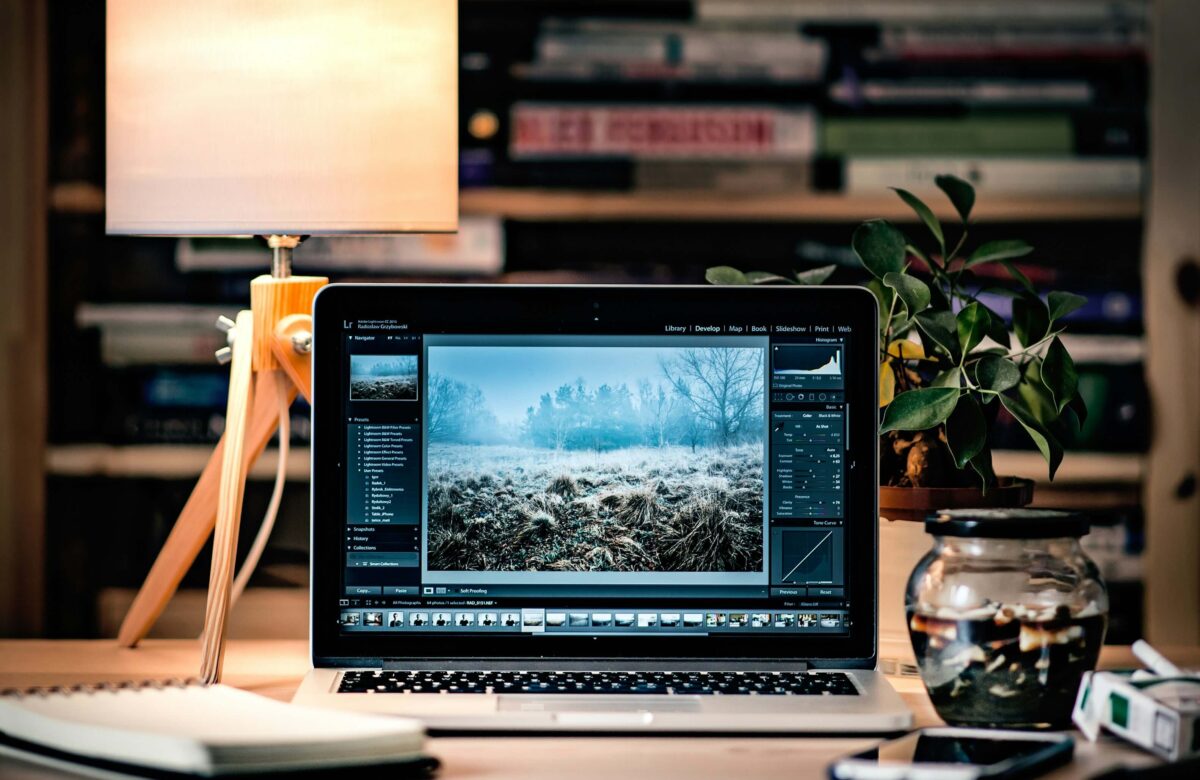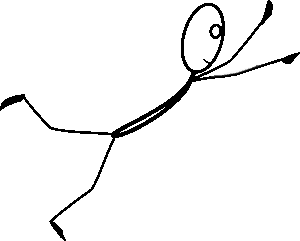
-
309 Views
Share:
Why it’s the Foundation of Every Successful Web Project
Yuliya Pivnyak
A briefing is a meeting — in person or virtual — between the client and the web designer, aimed at discussing the key elements of the project.
Its main purpose is to collect all the necessary information to create a website that’s accurate, functional, and aligned with the client’s vision.
In essence, it’s a roadmap: it prevents mistakes, clarifies expectations, and keeps both sides on the same page from day one.
Why the Briefing Matters So Much
1. It Defines the Objectives
Every website serves a purpose — but not every purpose is the same.
Is the goal to increase sales? Strengthen the online presence? Build a digital showcase for products or services?
Each goal requires a different approach, and the briefing helps define the right strategy, tone, and structure to achieve it.
2. It Identifies the Target Audience
A great website speaks directly to the right people.
That’s why understanding the target audience is a core part of the briefing.
Who are your end users? What do they need? What kind of experience will resonate with them?
This insight shapes every design decision — from layout and color palette to messaging and calls to action.

3. It Clarifies Budget and Timeline
A project’s success depends on more than just creativity.
During the briefing, both sides must agree on:
-
Budget range → what level of investment the client is ready to make.
-
Timeline → how long each phase will take and which deadlines are non-negotiable.
Clear expectations prevent scope creep, frustration, and unnecessary stress.
4. It Defines Functionality and Design Direction
In this phase, the designer identifies the core features the website should include:
Will it be a simple one-page site, a corporate showcase, or a full e-commerce platform?
Each functionality affects the structure, cost, and timeline.
The same goes for design: style preferences, color palette, and branding consistency should all be discussed early on to ensure a coherent visual identity.
5. It Reduces the Risk of Major Changes Later
A well-done briefing drastically reduces the risk of revisions, misunderstandings, or last-minute redesigns.
When the ideas are clear from the beginning, the designer can work efficiently and deliver on time — without endless review loops or misaligned expectations.
Key Elements of an Effective Briefing
-
To make the briefing phase efficient and meaningful, ask the right questions:
-
What is the main goal of the website? -
Who is the target audience?
-
Which features are needed (contact form, blog, shop, booking, etc.)?
-
Are texts, images, or other materials already available?
-
Are there any reference sites or competitors you like?
-
What’s your budget and ideal timeline?
These questions may seem basic, but they set the tone for everything that follows.
-
Conclusion
The client briefing is the foundation of every successful web design project.
Skipping or rushing it can lead to confusion, delays, and unsatisfied clients.
Taking the time to analyze, listen, and plan together ensures that the project runs smoothly — from concept to launch.
A good briefing isn’t a formality: it’s the start of a collaboration built on clarity, trust, and shared vision.










